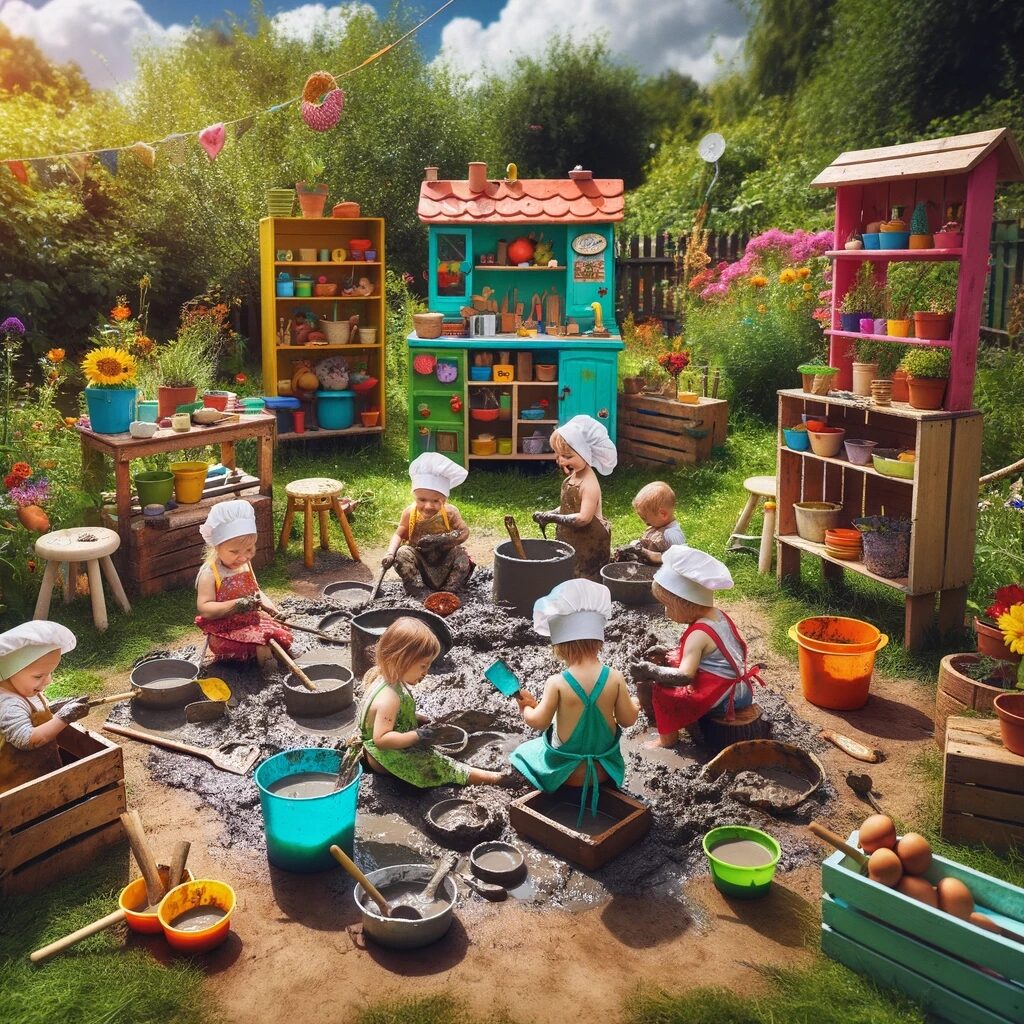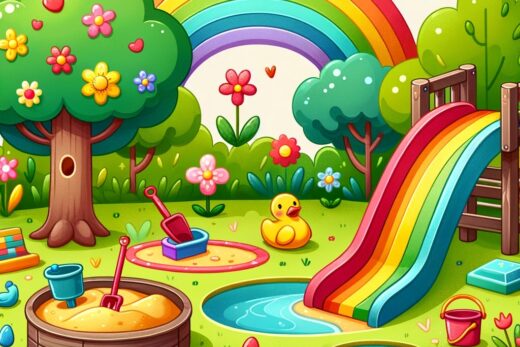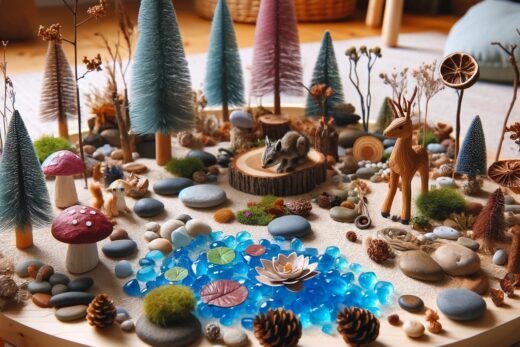
Creating an outdoor mud kitchen is a fantastic way to encourage imaginative play, sensory experiences, and an appreciation for the outdoors in toddlers. Here’s a simple guide on how to create one:
1. Choose a Suitable Location
- Find a spot in your yard that’s partially shaded to protect kids from the sun. Ensure the area is safe and away from potential hazards.
2. Gather Materials
- Basic Structure: Use old furniture (like a wooden bench or table) or crates as the base. Ensure they’re sturdy enough for play.
- Containers and Utensils: Collect old pots, pans, utensils, bowls, and any other kitchen items that are no longer in use. Thrift stores are great places to find these.
- Water Source: A large container filled with water, or a hose nearby, so kids can add water to their mud creations.
- Mud Area: Designate a spot where it’s okay to dig up dirt and mix with water. A large, shallow container or a cleared section of the yard works well.
3. Set Up the Kitchen
- Arrange the furniture or crates to create a kitchen-like setup. Place the containers and utensils on the workspace.
- Set up the water source so it’s easily accessible. This could be as simple as a large water jug or a bucket filled with water.
- Designate the mud-making area. If you’re using a container for dirt, fill it with garden soil.
4. Safety Check
- Make sure all materials are clean and safe for play. Remove any sharp edges or hazardous items.
- Ensure the play area is free from harmful plants, insects, or chemicals.
5. Encourage Creativity
- Introduce the mud kitchen to your toddler and show them how they can mix mud, transfer it between containers, or pretend to cook.
- Provide additional natural materials like leaves, sticks, stones, and flowers for decoration and added play value.
6. Supervise Play
- While the goal is for kids to explore freely, keep a watchful eye to ensure they’re safe and not putting anything dangerous in their mouths.
- Use this as an opportunity to teach about nature, cleanliness, and the fun of cooking and creating.
7. Clean-Up Station
- Have a designated area or bucket for washing hands and utensils after play. Encourage cleaning up as part of the play routine.
Creating a mud kitchen doesn’t require a lot of money or resources but does offer a wealth of opportunities for sensory play and learning. It’s a playtime activity that can grow with your child, offering different educational and fun experiences as they develop.



